Chronic Pain Imaging
Researchers are imaging the brain’s microglial cells to get a better handle on the causes of chronic pain.

Researchers are imaging the brain’s microglial cells to get a better handle on the causes of chronic pain.

The brain creates – and then reinforces – memories of events that never really happened.

To find their way around, animals have specialized neurons that fire in response to specific locations in the environment.
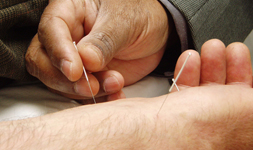
ENCORE PRESENTATION - From the Science Update archives: Science confronts alternative medicine and vaccine myths. Also: Can we learn anything from violent video games?
Toxins from scorpions could lead to new drugs for neuromuscular disorders and cardiovascular disease.

A roundup of some of this week’s most interesting science news, including key genetics variants related to brain size and psychiatric disorders, leaky methane in Boston pipelines, and the genetics of longevity.
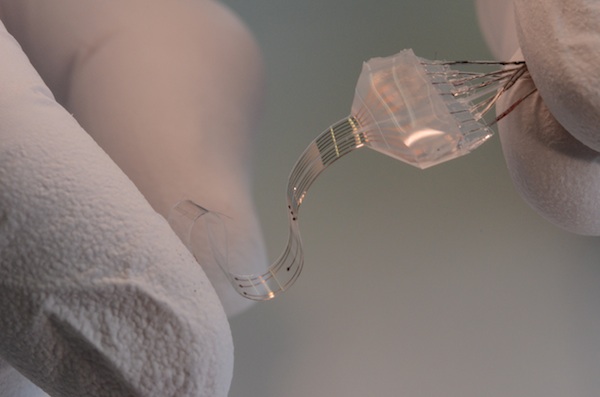
2014 Science Breakthroughs of the Year: Can computers think more like people do?
Virtual “bodyswapping” helps people set aside unconscious biases towards others.
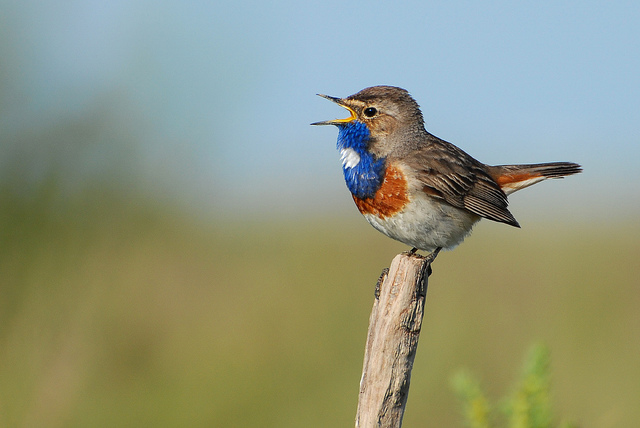
Birds and humans share remarkable similarities in the expression of genes involved in vocal communication in the brain.

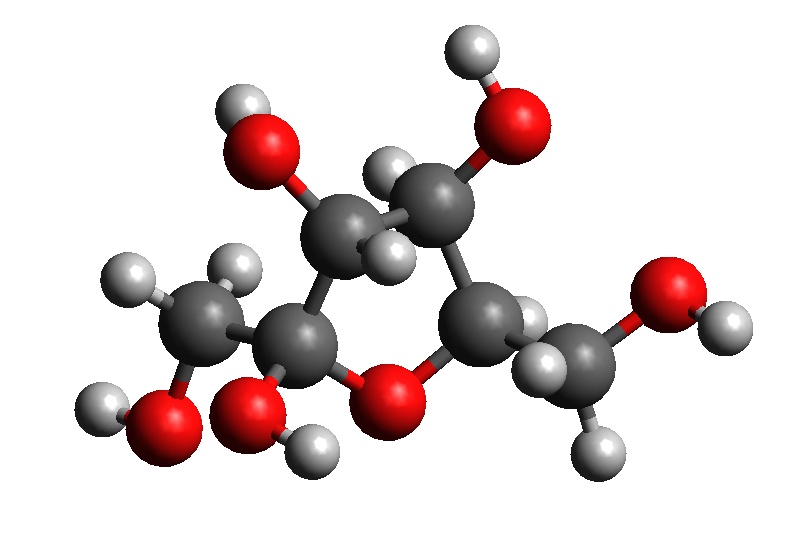
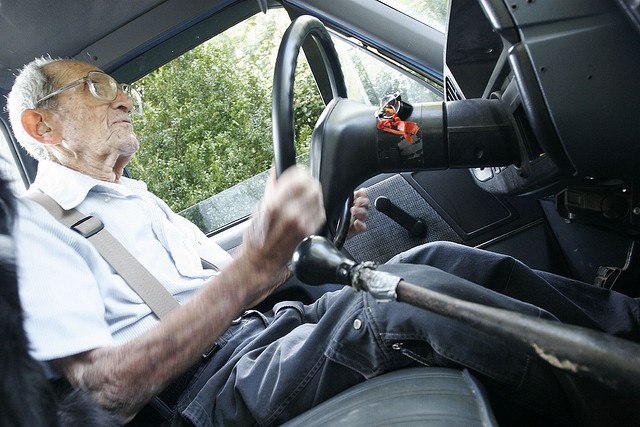
Both younger and older people can readily learn new information, but older people have a harder time filtering out irrelevant and distracting information.
Our ideas about how the anatomical differences in male and female brains explain the behaviors of men and women may be based on bias rather than science.

Scientists have identified the cruel trick the brain plays that may explain why scratching an itch often makes it itch even more.

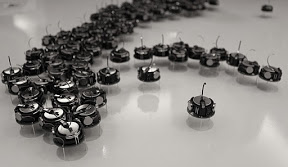
Scientists have accidentally stumbled upon specific brain cells that turn feeding behavior on and off in mice.
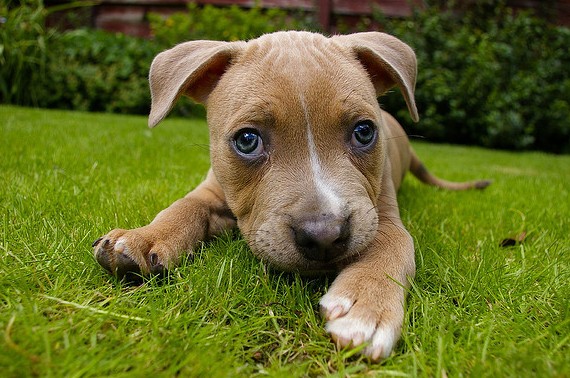
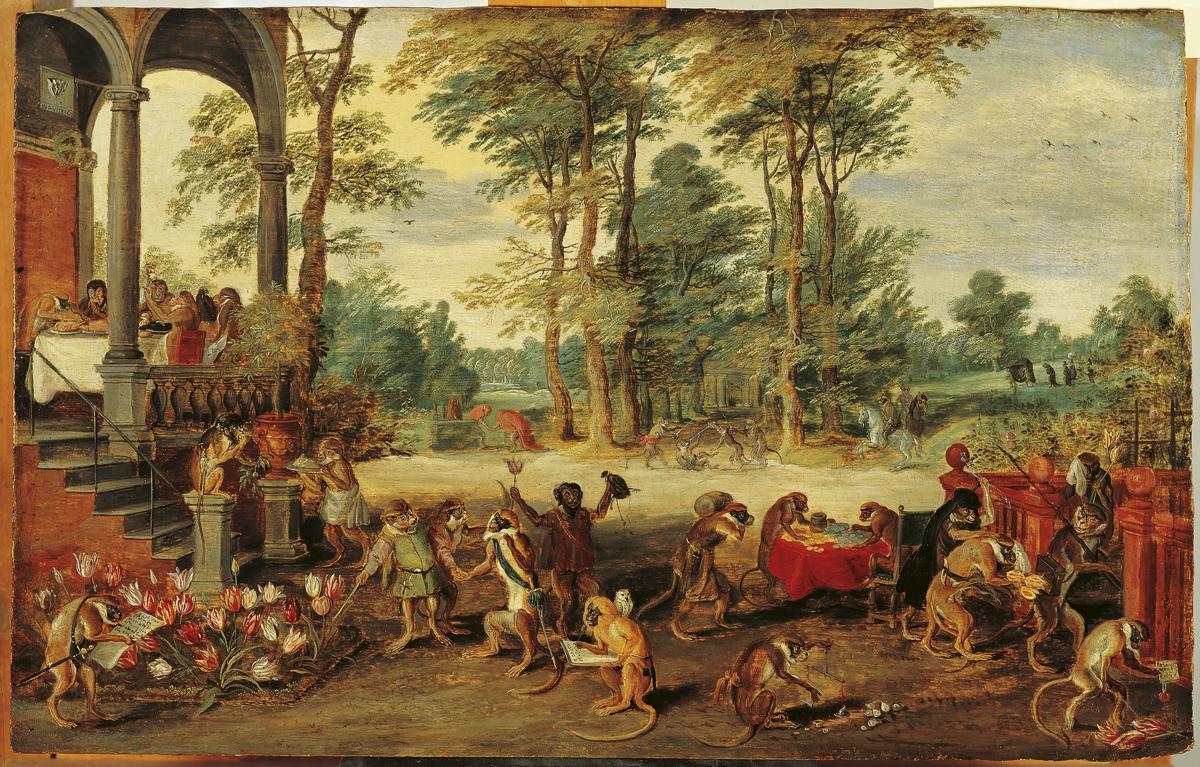
In stock trading simulations, people's brains indicate whether or not they'll get out before the bubble bursts.
